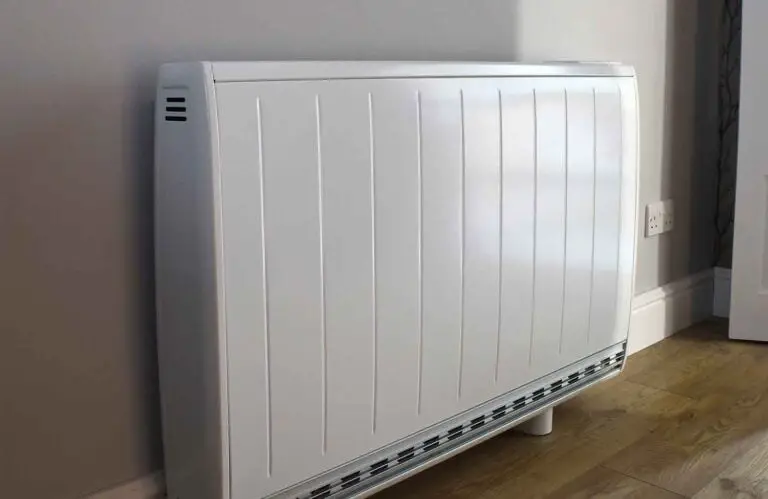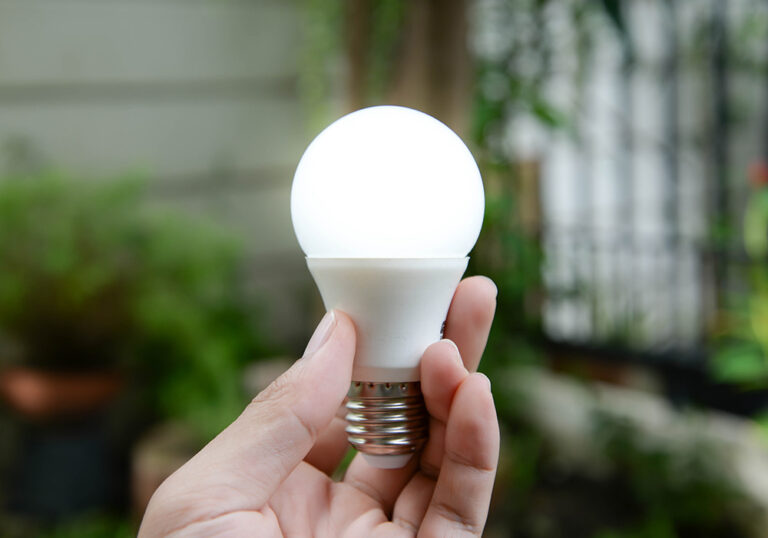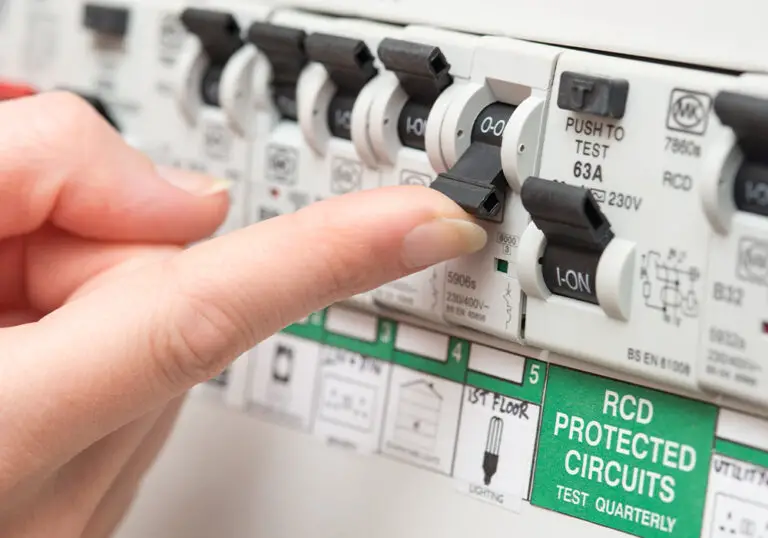What Not To Plug Into A Surge Protector
Surge protectors serve as a crucial element in safeguarding your electronic devices from voltage spikes that can potentially cause damage. While these devices are designed to handle a range of appliances, there are certain items that should never be connected to them in order to maintain safety and avoid potential hazards. Being aware of these restrictions can help extend the lifetime of your surge protector and keep your electronics safe.
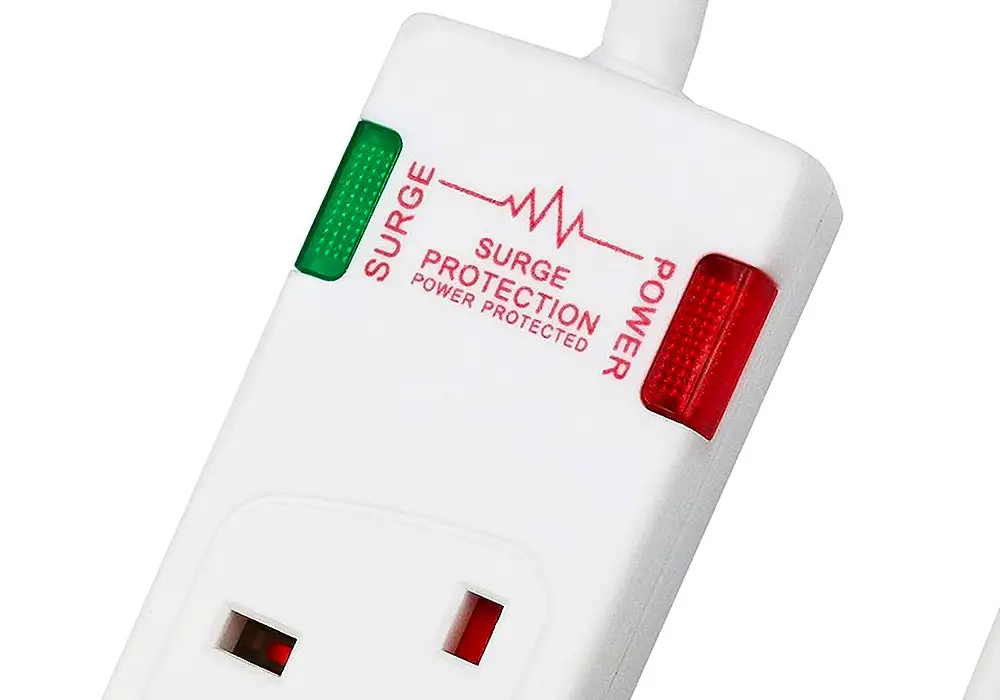
High-power consumption appliances are particularly challenging for surge protectors, as they require a substantial amount of electrical current to function. Overloading a surge protector with such appliances could lead to unexpected malfunctions and serious consequences for your devices. A thorough understanding of what not to plug into a surge protector can prevent potential damage, reduce the risk of electrical fires, and ensure the overall safety of your home or workspace.
Key Takeaways
- Surge protectors safeguard electronic devices but have limitations and restrictions
- High-power consumption appliances can overload and damage surge protectors
- Understanding these restrictions extends the lifetime of surge protectors and keeps electronics safe
Recognising Surge Protectors
A surge protector is a device designed to safeguard your electronics from unexpected spikes in voltage. Recognising a surge protector is simple if you know what to look for. Here are a few key points to consider when identifying one.
Firstly, a surge protector typically comes in the form of a power strip, featuring multiple sockets arranged in a row. Some surge protectors may also resemble standalone plug adaptors that connect directly into the mains socket.
Secondly, inspect the packaging or product label. A surge protector will often have a clear label stating its function as a “Surge Protector” or “Surge Protection Device”. Additionally, look for specifications such as the Joule rating or clamping voltage, which are indicators of the device’s protection capabilities.
Finally, check for additional features or certifications. Reputable surge protectors often include extra features, such as a power switch, indicator lights for surge protection status, and occasionally, telephone or data line protection. Moreover, underwriter laboratories (UL) or British Standards certifications can provide further assurance of the quality and safety of the surge protector.
Remember, not all power strips are surge protectors, but a true surge protector will always have features and labels differentiating it from a standard power strip. Ensure you’re using a proper surge protector to protect your valued electronics from unforeseen voltage fluctuations.
Hazards of Overloading Surge Protectors
Overloading a surge protector can lead to disastrous consequences, making it crucial to understand the risks and avoid common mistakes. When too many high-powered devices are connected to a surge protector, it can result in overheating, which can damage your devices, cause electrical fires, and jeopardise your safety.
Exceeding the capacity: Every surge protector has a specified capacity, usually measured in amperes (A) or watts (W). Connecting appliances that exceed the total capacity of the surge protector can cause it to overheat or fail, leaving your devices vulnerable to power surges and potentially causing severe damage or even fires.
Avoiding daisy chains: Connecting multiple surge protectors to one another, a practice called daisy chaining, can also lead to overloading your electricity supply. When too many devices draw power from a single wall outlet, it increases the likelihood of overloading, short-circuiting, and other hazards.
Power hungry devices and appliances: Some devices are not suitable for use with surge protectors, so you need to identify the appliances that shouldn’t be plugged into one and opt for a direct connection to the wall outlet. Examples include:
- Air conditioners and portable heaters
- Microwaves
- Vacuum cleaners
- Kitchen appliances, such as coffee makers and toaster ovens
By understanding the potential hazards of overloading your surge protector, you can take appropriate measures to protect your electronics and, most importantly, the safety of your home and loved ones. Remember to check the capacity of your surge protector, avoid daisy chains, and keep high-powered devices plugged directly into wall outlets whenever possible.
Common Misconceptions
There are several misconceptions about what you should, and shouldn’t, plug into a surge protector. Let’s clear up these misunderstandings to ensure you avoid potential hazards and protect your electrical devices.
1. All power strips are surge protectors: This is not true. While both power strips and surge protectors have multiple outlets, only surge protectors offer additional protection against power surges and voltage fluctuations. Make sure your device is labelled as a “surge protector” for effective protection.
2. Surge protectors are fail-proof: Unfortunately, surge protectors cannot guarantee protection against every single power surge. To maximise safety, invest in a surge protector with a higher joule rating that can absorb more energy, and always unplug sensitive devices during thunderstorms.
3. All devices can be plugged into a surge protector: Some devices should not be plugged into a surge protector due to their high power consumption and associated risks. Examples include air conditioners, portable heaters, bulky kitchen appliances, and hair styling devices. Plugging these devices in can overload the surge protector and increase the risk of fire.
4. A surge protector lasts forever: Surge protectors have a finite capacity for absorbing energy surges. Over time, their ability to protect your devices will degrade, and they will need replacement. It’s wise to replace your surge protector every few years or when you notice any signs of wear and tear.
Recognising these common misconceptions will help you use surge protectors more effectively and safeguard your devices against damaging electrical surges. It’s essential to understand your surge protector’s functions and limitations and take the appropriate steps to protect your valuable electronics.
Tools Requiring Direct Outlet Connection
In this section, we will discuss specific tools and equipment that require a direct connection to an electrical outlet rather than using a surge protector. These devices typically have high power consumption and can potentially overload the surge protector, creating safety hazards.
Major Appliances
Major appliances such as air conditioners, electric heaters, refrigerators, and ovens require a significant amount of electrical current to function correctly. Plugging these devices into a surge protector can lead to potential overloading and even pose a fire risk. It is recommended to plug these appliances directly into a dedicated outlet to ensure safe and proper power management.
- Air conditioners have high power consumption, and it is suggested to operate them through dedicated outlets. A surge protector could not handle the power needed for these devices, leading to issues.
- Electric heaters also require a large amount of power, and connecting them to surge protectors could cause overloading and safety hazards.
- Refrigerators have compressors that demand high current during startup, making it unsafe to plug them into a surge protector. Direct connections to electrical outlets are preferred.
- Electric ovens and stoves should not be connected to surge protectors because their high power consumption can easily overload the protector, resulting in potential risks.
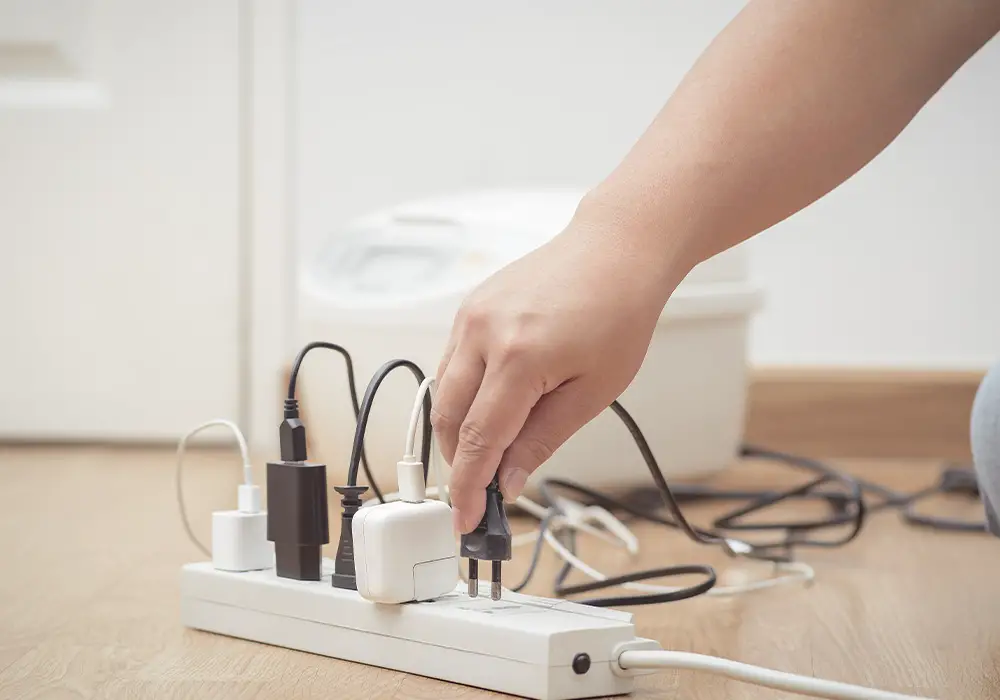
Medical Equipment
Medical equipment often requires a reliable and consistent power supply to function correctly and safely. Devices such as oxygen concentrators, ventilators, and CPAP machines should not be plugged into a surge protector. Instead, they should be connected directly to an outlet to ensure a stable power source without the risk of overloading. This will help maintain the efficiency and hinder any possibility of malfunctioning due to power issues. It is crucial to follow the manufacturer’s guidelines when it comes to power management for medical equipment.
Possible Consequences of Misuse
Fire Risks
Improper use of surge protectors can pose a serious risk of fire. Plugging in heat-generating devices such as space heaters, hair dryers, and toasters can lead to overheating and potentially start a fire. It is important to avoid using these devices with surge protectors. Additionally, using a surge protector in damp areas or connecting multiple surge protectors together (daisy chaining) can also increase fire hazards.
Appliance Failure
Misusing surge protectors can lead to the failure of your appliances. For example, plugging in large devices such as air conditioners which consume a significant amount of electricity is not recommended on surge protectors. Overloading your surge protector can cause it to fail, leaving your devices unprotected during power surges. This can result in irreparable damage to your appliances, requiring costly replacements. To minimise the risk of appliance failure, ensure you follow the guidelines provided by the surge protector manufacturer and avoid plugging in devices that are not compatible.
Preventive Measures
Regular Inspection
It is essential to conduct regular inspections of your surge protector to ensure its proper functioning and prevent potential hazards. Check for any signs of wear, damages or discolouration on the protector or the plugs connected to it. If you notice any issues, replace the affected parts immediately. It’s also a good idea to test the surge protector by pressing the “test” button (if available) to confirm its effectiveness.
Correct Usage of Plugs
Using the surge protector correctly is crucial in preventing incidents and maintaining device safety. Follow these guidelines for proper usage of plugs:
- Avoid plugging high power consuming devices, such as air conditioners, electric heaters, or ovens, into a surge protector. These appliances draw a significant amount of electrical current and can overload the protector.
- Refrain from daisy-chaining multiple surge protectors or power strips together. Doing so can lead to overloading, increasing the risk of a fire or damage to your electronics.
- Ensure that your surge protector has enough capacity to handle the total amperage of the devices plugged into it. Be aware of individual device requirements and avoid exceeding the surge protector’s rating.
- Do not use the surge protector in damp or wet environments as moisture can compromise its performance and safety.
By following these guidelines, you can ensure a safe and efficient use of your surge protector, protecting your valuable devices from potential electrical surges and related hazards.

